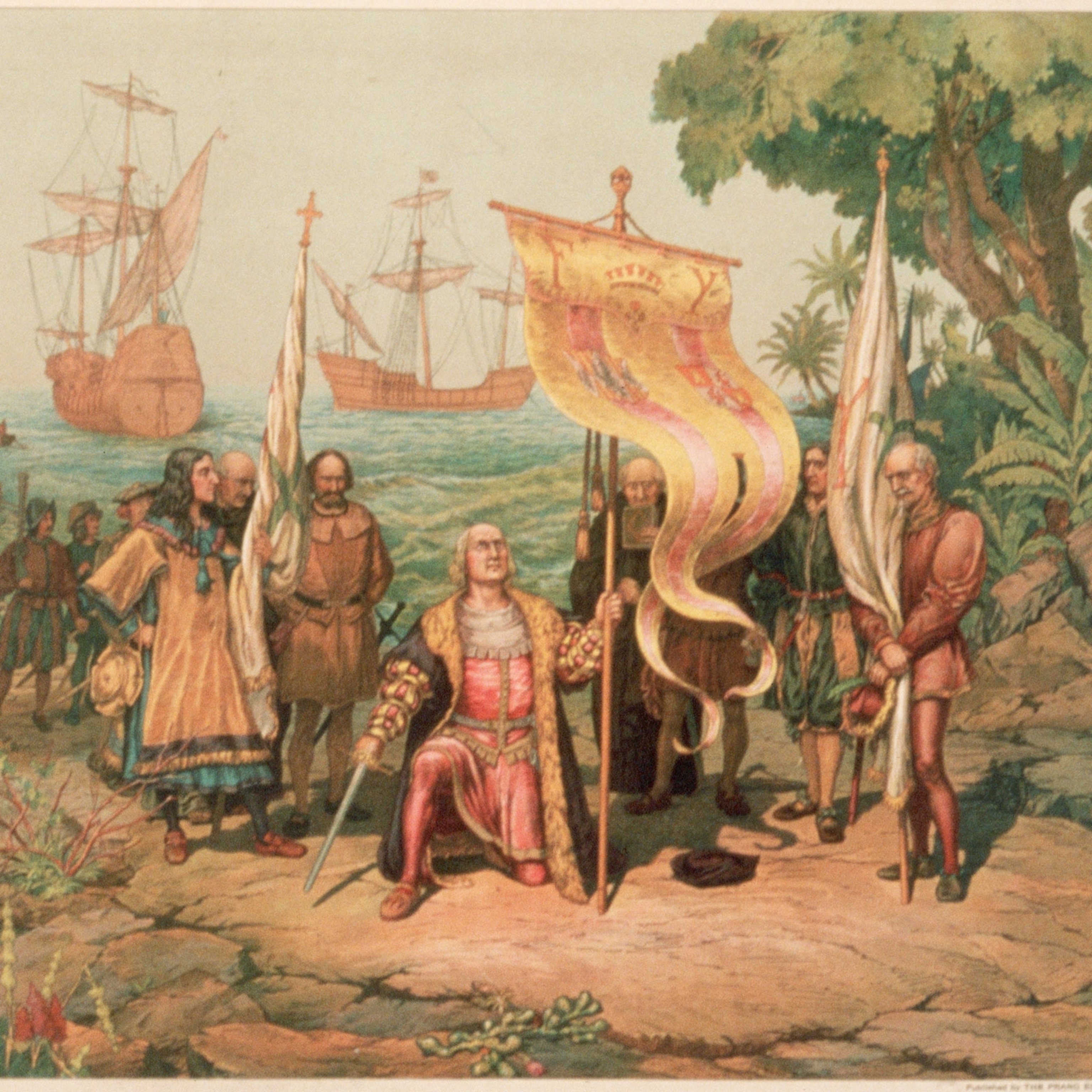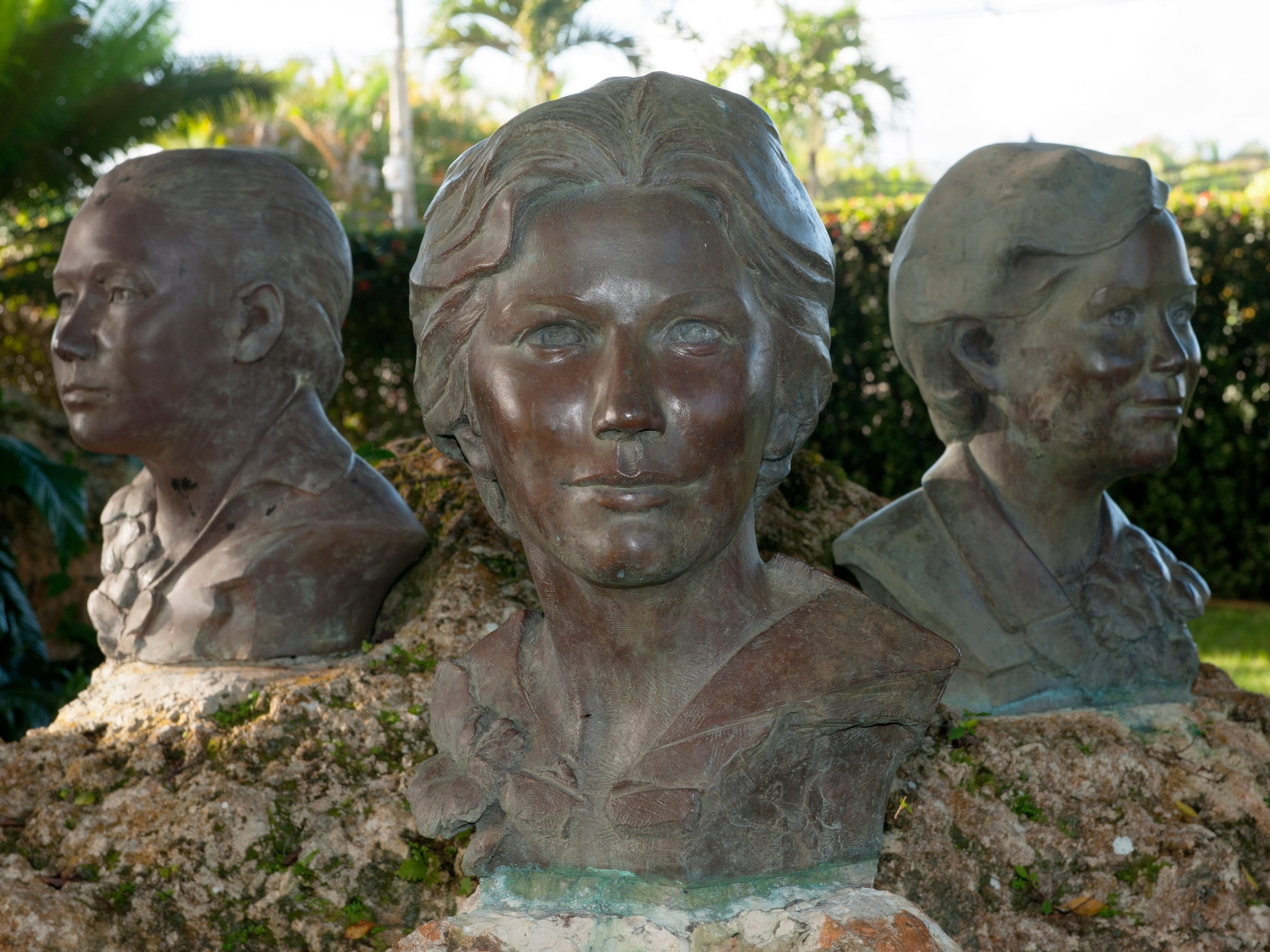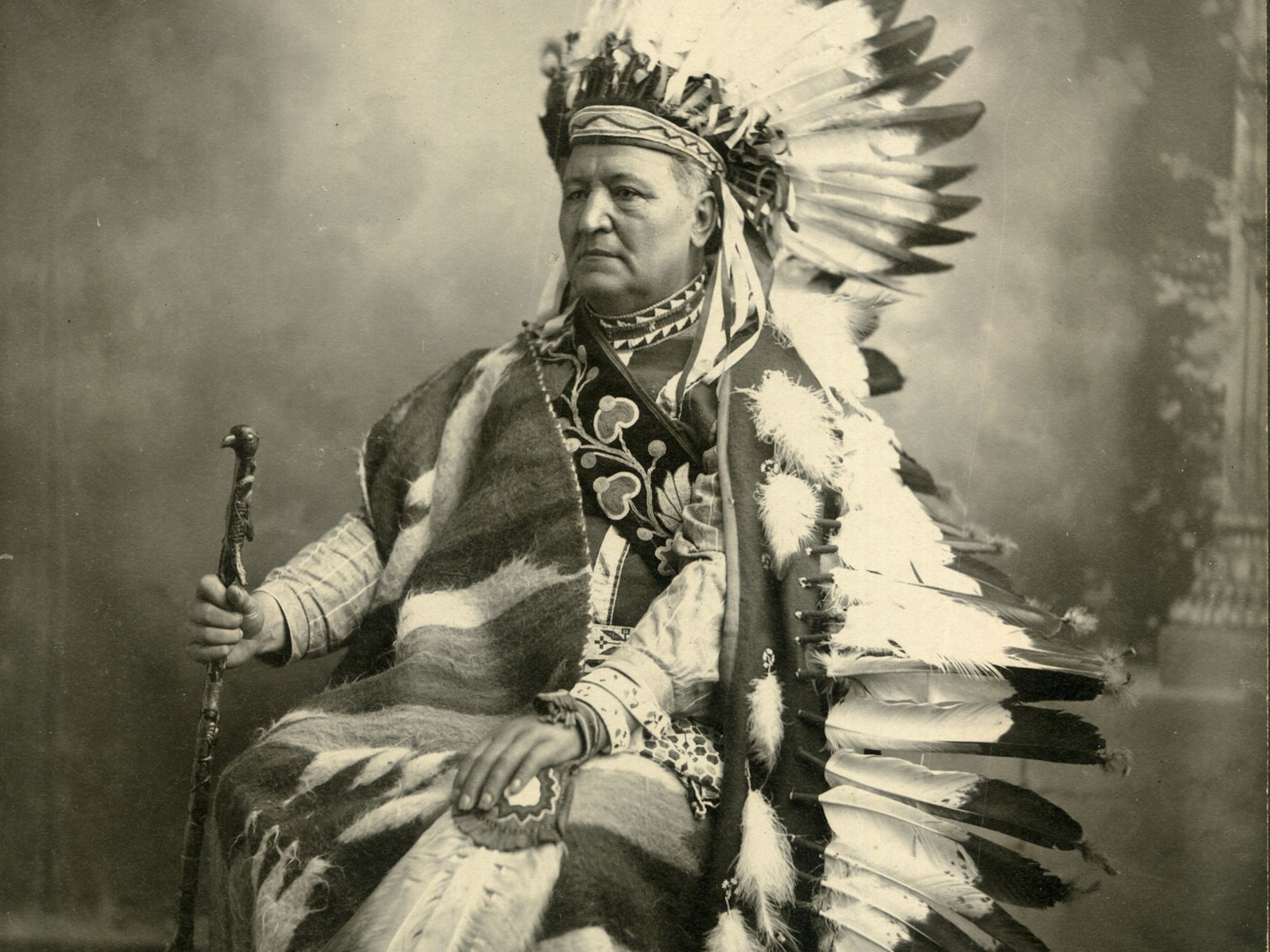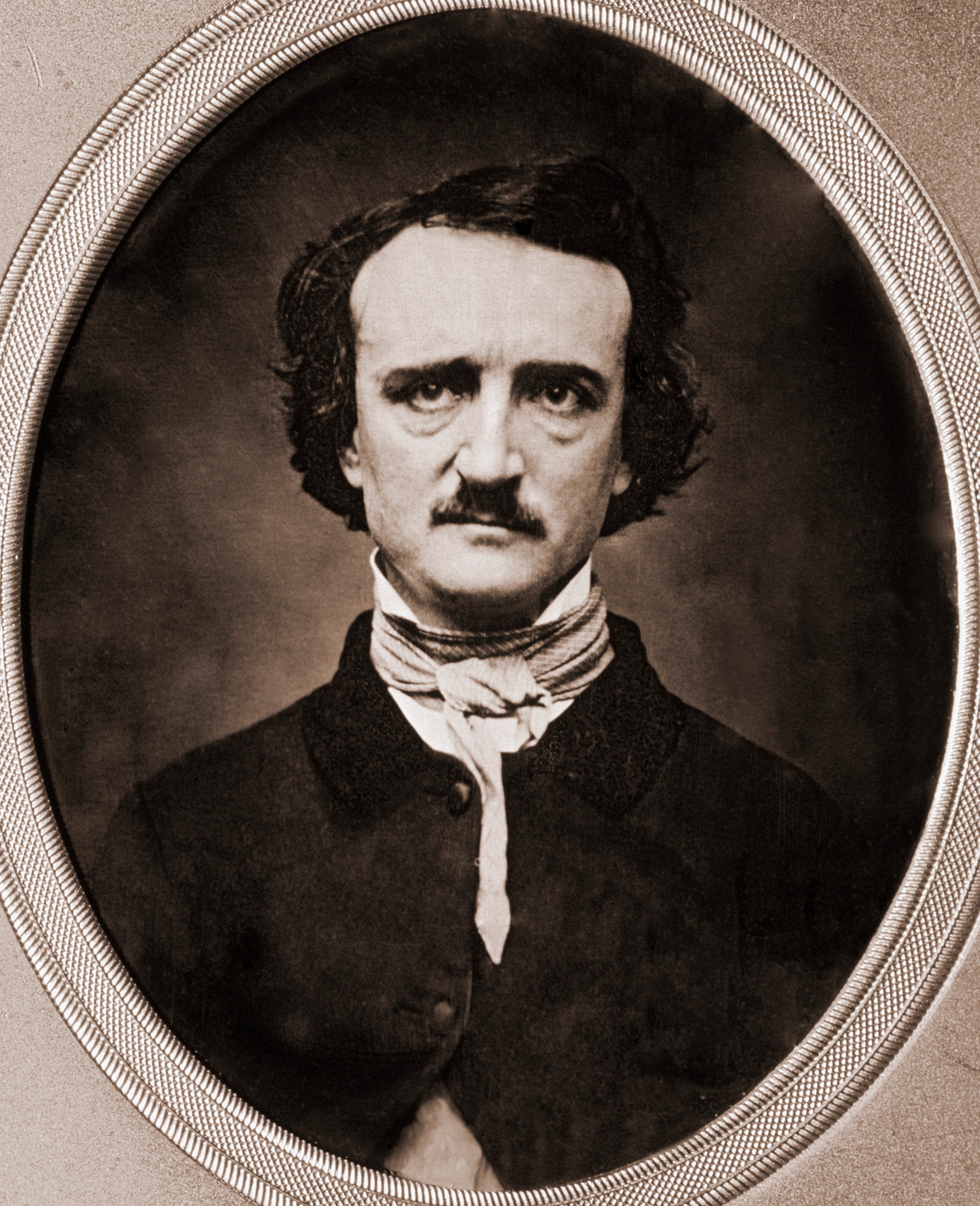The U.S. has tried to buy Greenland before. Here’s how those past attempts went.
From the Reconstruction era to the Cold War, multiple administrations have tried (and failed) to acquire the Arctic island. Here’s why Greenland has always remained out of reach—and why it always mattered so much.
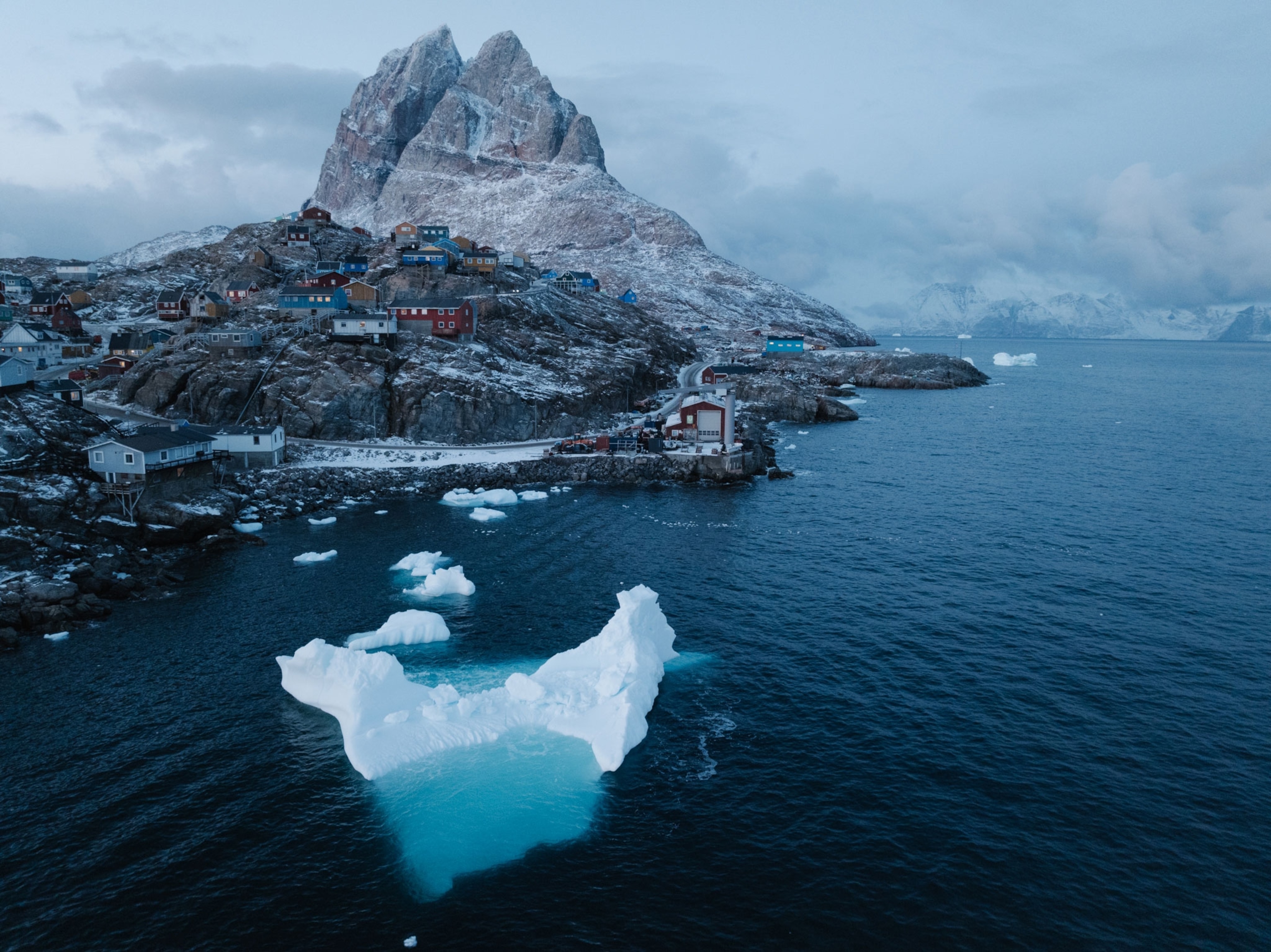
For over a century, Greenland’s strategic location and natural resources have made it a target of U.S. ambitions, peaking during the Cold War—but the island’s leaders have consistently resisted these overtures. From land purchase attempts to military base negotiations, here’s why Greenland remains one of the world’s most coveted islands.
Initial U.S. interest in Greenland
The U.S.’s fascination with the world’s largest non-continental island dates to the late 19th century, when Secretary of State William Seward, fresh from purchasing Alaska from Russia for $7.2 million in 1867, began eyeing Greenland and Iceland as potential American territories.
An 1868 report commissioned by Seward—who also coveted Canada—pointed to Greenland’s vast fisheries, animal life, and “mineral wealth.” An acquisition of Greenland might also compel Canada (located between Alaska and Greenland) to become part of the U.S., the report said.
But Greenland, autonomous territory of Denmark, isn’t just an empty swath of ice. The island has been home to Indigenous communities, predominantly Inuit, for centuries. These communities have thrived in Greenland’s harsh Arctic environment, developing traditions centered on fishing, hunting, and close ties to the land. Early U.S. interest largely overlooked these communities, focusing instead on the island’s strategic location and natural resources—a trend that would continue for decades.
(Experience Greenland’s Inuit and Viking sheep farms on this stunning trail.)
“It all comes down to two factors: location and minerals—and it really hasn’t changed,” says Peter Harmsen, a Copenhagen-based journalist and author of Fury and Ice: Greenland, the United States and Germany in World War II.
Though Seward’s bid failed, interest persisted. In 1910, U.S. Ambassador Maurice Egan proposed an elaborate trade: The U.S. would swap land in the Philippines for Greenland and the Danish West Indies (from Denmark). The Danes would then swap land with Germany. But once again, efforts flopped.
Greenland’s role in wartime
Greenland’s importance took center stage during World War II. After Germany occupied Denmark in 1940, the U.S. moved to secure the island under its Monroe Doctrine, which warned European powers against expanding into the Western hemisphere.
By April 1941, the United States signed a “Defense of Greenland” agreement with the Danish ambassador, which granted the U.S. the right to build and access military bases on the island. The island’s cryolite deposits, vital for aircraft production, became a critical resource. Greenland’s weather stations were also essential for forecasting conditions in Europe, aiding Allied plans.
(This is one of the last places on Earth to explore an ancient Arctic life.)
After Nazi Germany surrendered in May 1945, the Danes expected American forces to pack up and go home. But they wanted to stay put.
“It was seen as so critical to U.S. security that we kind of dug our heels a little bit,” says retired U.S. diplomat Brent Hardt, now a senior fellow at the German Marshall Fund of the United States.
Post-war effort to acquire Greenland
After World War II, the U.S. turned its attention to a new potential threat: the Soviet Union. Amid a brewing Cold War, U.S. military and naval officers realized the importance of Greenland’s location in the Arctic as a midpoint between the U.S. and the U.S.S.R. Owen Brewster, former senator of Maine, described the purchase of Greenland as a “military necessity.” Greenland was also rife with opportunities for exploration and research.
In 1946, State Department official John Hickerson reported that U.S. military leaders deemed Greenland “indispensable to the safety of the United States.” The U.S. covertly proposed paying Denmark $100 million in gold for Greenland, the Associated Press reported decades later. It also toyed with trading oil-rich land in Alaska’s Point Barrow district for portions of the island.
“The U.S. is also trying to create a view throughout Western Europe of itself as a positive democratic force, maintaining transcendent values, recognizing independence and autonomy,” says Ron Doel, associate professor of history at Florida State University and an editor of Exploring Greenland: Cold War Science and Technology on Ice.
But the proposal shocked the Danish government, Hardt says. “While we owe much to America, I do not feel that we owe them the whole island of Greenland,” then Danish Foreign Minister Gustav Rasmussen said.
Continued interest in Greenland
In 1951, the U.S. and Denmark entered a new agreement where the U.S. could continue operating and setting up military bases on the island, as deemed appropriate by the North Atlantic Treaty Organization (NATO)—the transatlantic military alliance formed in 1949. This arrangement reinforced Greenland’s strategic role in transatlantic defense during the Cold War.
In the 1970s, U.S. National Archives documents revealing post-World War II attempts to purchase Greenland were declassified. Still, it wasn’t until 1991 that a Danish newspaper first reported on them, sparking renewed debate about Greenland’s sovereignty and historical U.S. ambitions.
(A thawing Arctic is heating up a new Cold War.)
Today, Greenland’s importance continues to grow as the Arctic warms, unlocking new shipping routes and access to untapped resources. Yet, both Denmark and Greenland have been firm: Greenland is not for sale.
“Greenland belongs to the people of Greenland,” Prime Minister of Greenland Múte Egede wrote on social media. “Our future and fight for independence is our business.”

